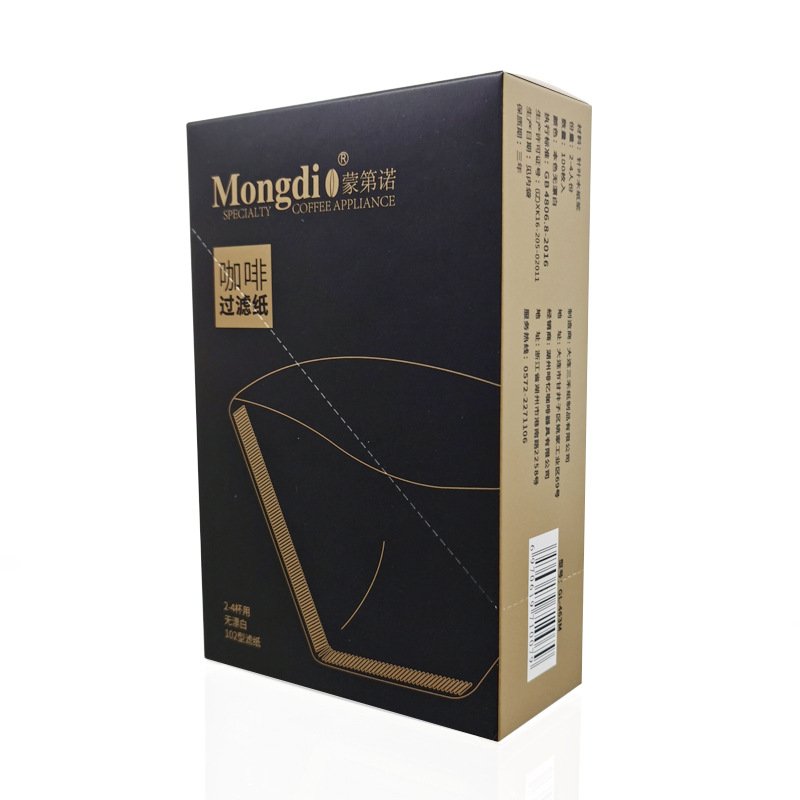Table of Contents
1.The Significance of Packaging Design
2.Crafting a Design Brief: The Blueprint for Success
3.The Overview
4.Branding Details
5.Exact Requirements
6.Materials and Structure
7.Approval Process
8.Conclusion
In the realm of packaging, design plays a pivotal role in setting your product apart. A well-executed design not only protects your product but also enhances its marketability by creating a memorable brand story. This guide delves into crafting an effective packaging design brief to ensure your packaging achieves its full potential.
The Significance of Packaging Design
Packaging is more than just a protective shell; it’s the face of your brand. It’s crucial in differentiating your product and weaving a compelling brand narrative. From the choice of materials to the color palette, every aspect contributes to making your brand instantly recognizable and reinforcing your brand’s story. Effective packaging design not only grabs attention but also adds value by enhancing the customer experience, ultimately setting your brand apart.

Crafting a Design Brief: The Blueprint for Success
A design brief is essentially a blueprint for your packaging designer. It’s a comprehensive document that outlines your vision and expectations for the packaging. It serves as a guide, blending inspiration with direction to help designers grasp your objectives.
1. The Overview:
Start with a clear, concise overview. Introduce your brand and product, highlighting what makes them unique. Outline the challenges you face, the goals you aim to achieve with the design, and the specific deliverables you expect.
- Brand Introduction: Begin by presenting your brand and product, emphasizing their distinctiveness. Share your brand story, initiatives, and how you plan to communicate your brand narrative through your products. Highlight what sets your products apart, such as competitive pricing or sustainable initiatives.
- Company Overview: Provide a snapshot of your company, including its history, location, and how your product aligns with your brand. This gives the designer a comprehensive understanding of your brand and business, ensuring the packaging fits your brand narrative.
- Purpose of the Packaging Project: Clearly define the main objective of the packaging project. Explain why the packaging design is crucial for your brand’s growth, setting a clear direction for the design process.
2. Branding Details:
Dive deeper into your brand’s essence. Discuss your brand positioning, competitive landscape, and the full spectrum of your brand strategy. Detail your target market, their preferences, and how your packaging design will appeal to them. Clarify your priorities, whether it’s cost-efficiency, an enhanced unboxing experience, or sustainability, and how these align with your business objectives.
- Brand Strategy and Positioning: Elaborate on your brand strategy, including how you stack up against competitors and your unique selling points. Discuss your logo, social media presence, and any reference images that might aid in designing packaging that resonates with your target audience.
- Target Market and Priorities: Define your ideal customer and their preferences. Explain how your packaging design will cater to your target market and support your competitive edge. Outline your top priorities for the packaging design, such as pricing or customer experience, and how they contribute to your marketing objectives.
- Challenges and Initiatives: Discuss any challenges you want to address with your packaging design, such as sustainability or convenience. Share any research or insights that could help the designer understand your brand, niche, and target market better.
3. Exact Requirements:
Specify the physical attributes of your packaging. If you’re redesigning, mention what didn’t work with your previous packaging. Address any legal or practical constraints, and provide clear guidelines on size, shape, and artwork. Include references and examples to give designers a better understanding of your vision.
- Packaging Design Specifications: Detail the requirements for your packaging design, including dimensions, materials, and any sustainable packaging methods. If applicable, highlight any issues with your current packaging, such as risk of damage or poor quality printing.
- Design Limitations: Outline any legal requirements or other important information that must be included on the packaging. Specify any elements that should be avoided in the design, helping to streamline the design process and reduce the need for revisions.
4. Materials and Structure:
Outline your distribution and shipping requirements. The packaging design should be robust enough to withstand the rigors of transportation while maintaining its aesthetic appeal. Discuss the materials and structural design that will best suit your product and distribution needs.
- Distribution and Shipping Considerations: Describe your shipping and distribution process, including any long-distance shipping or display requirements. This information helps designers choose appropriate materials and design a packaging structure that ensures durability and visual appeal.
5. Approval Process:
Set clear expectations for the design and approval process. Acknowledge that revisions may be necessary and outline a procedure for making changes and approving prototypes. A detailed brief and a structured approval process will streamline the design journey, saving time and ensuring a successful outcome.
- Design Revisions and Prototyping: Establish a process for reviewing and approving design changes. Include provisions for prototyping and detail checks, ensuring that the final design meets your expectations and requirements.
Conclusion
A meticulously crafted design brief is the cornerstone of successful packaging design. It provides clarity, sets expectations, and guides the design process, ensuring that the final product aligns with your brand’s vision and objectives. By following these guidelines, you can create a packaging design that not only benefit your products but also elevates your brand in the marketplace.

